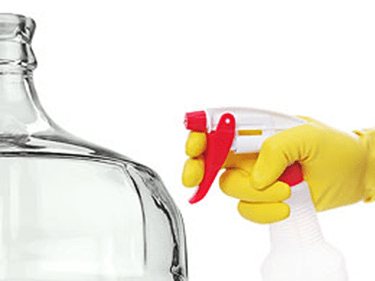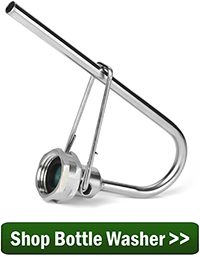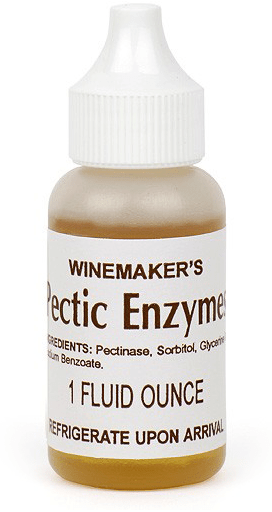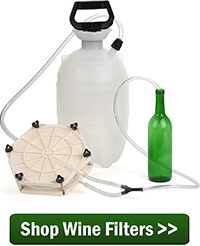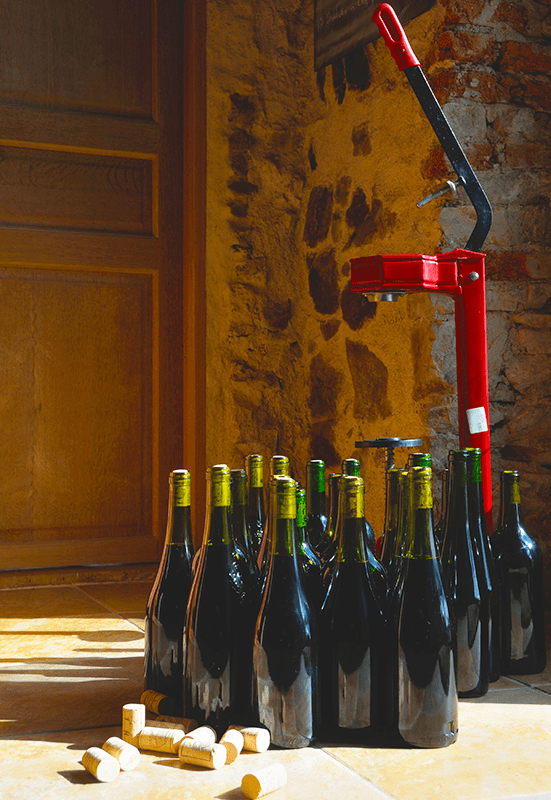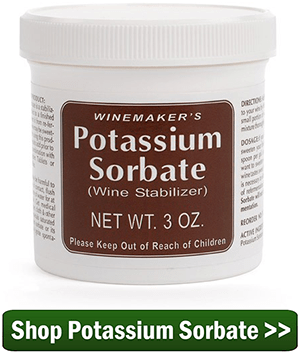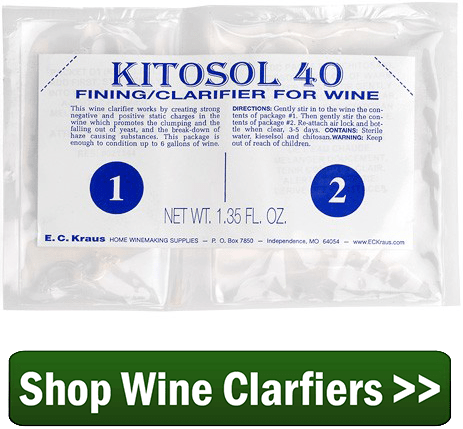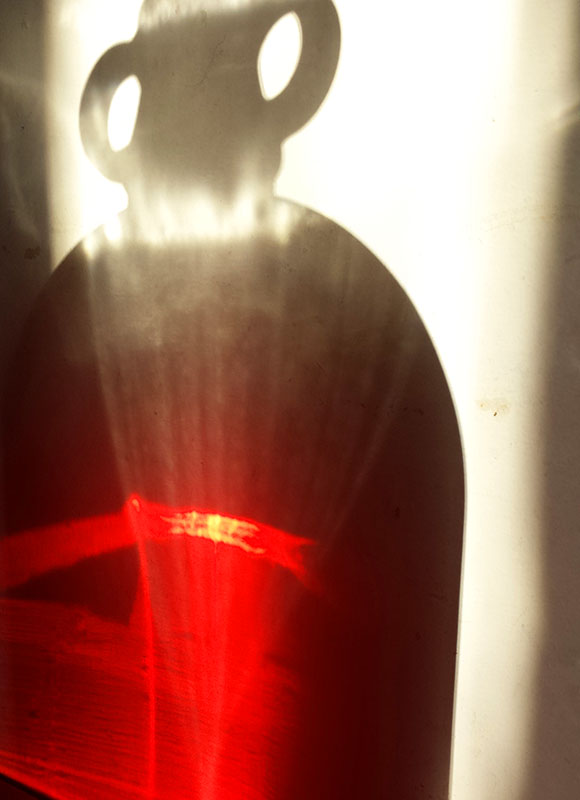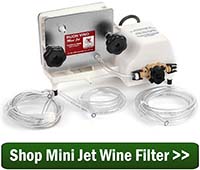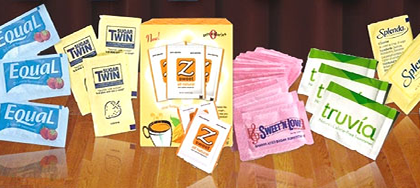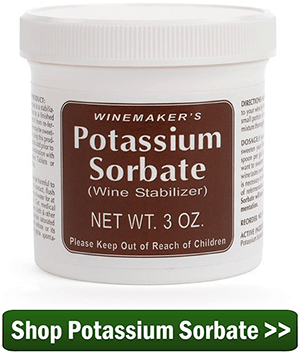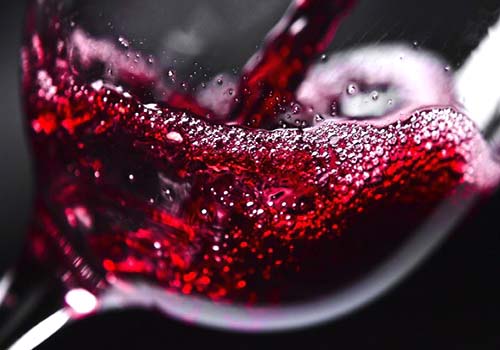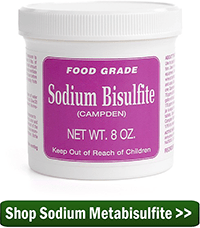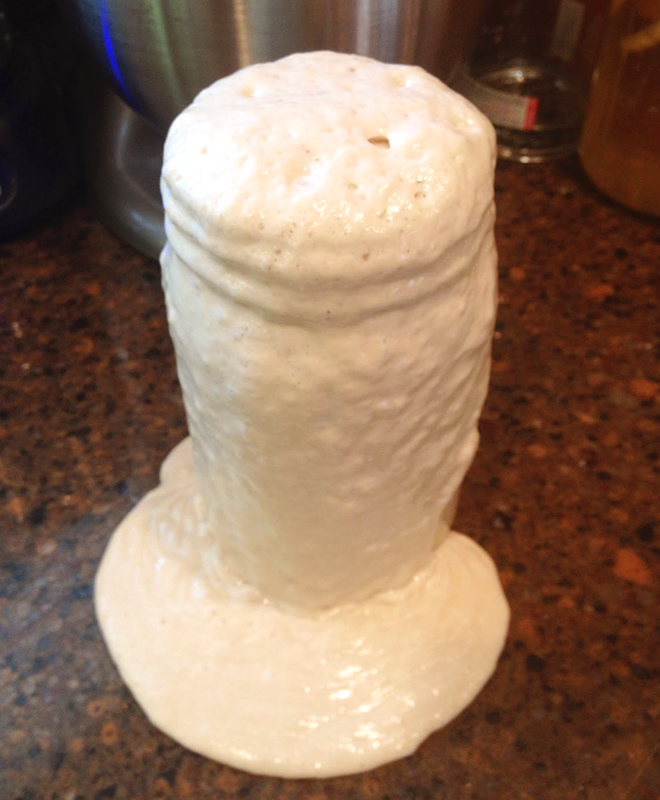 There are times when no matter what you do, a fermentation will not complete the task at hand. The fermentation seemed to be going along fine. The activity was looking good. The temperature was right. Then boom! The fermentation seemingly hits a brick wall and comes to an abrupt stop.
There are times when no matter what you do, a fermentation will not complete the task at hand. The fermentation seemed to be going along fine. The activity was looking good. The temperature was right. Then boom! The fermentation seemingly hits a brick wall and comes to an abrupt stop.
You check the wine with a hydrometer only to discover that there is plenty more sugar that needs to be fermented. What you have here is a stuck fermentation.
In most cases you can remedy a stuck fermentation and get it started again by going over The Top 10 Reasons For Fermentation Failure, however there are times when there seems to be no solution in sight. These are the times when more drastic measures need to be taken. Namely a wine yeast starter. Keep reading to learn the basics of making a wine yeast starter to restart a stuck fermentation.
A wine yeast starter is a very dependable way to restart a stuck fermentation, particularly when you know that all the environmental conditions are correct. A wine yeast starter is different than rehydrating a yeast for a few minutes. It is actually starting a mini-fermentation for a couple of days and then adding it to the stuck fermentation.
The best wine yeast to use in a starter to restart a stuck fermentation is Champagne type yeast. This type of wine yeast is better at fermenting in diverse conditions than most others. If you do not have a Champagne type yeast on hand, you can use whatever is available and still get positive results, but always use Champagne yeast when it is available for restarting a stuck fermentation.
How To Make A Wine Yeast Starter
For restarting 5 or 6 gallons, take a quart jar and fill it half way with the wine in question. Add to that, water until the jar is 2/3 full. Put in the mix a 1/4 teaspoon of yeast nutrient, and 3 tablespoons of sugar. Be sure that the sugar becomes completely dissolve. Now you can add a whole packet of the Champagne yeast. Cover the jar with a paper towel and secure with a rubber band.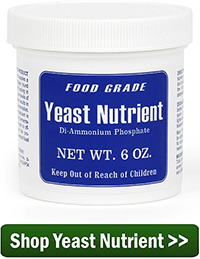
Put the starter in a cozy spot at 70° to 75°F. You should see some activity within 12 to 18 hours. You will want to pitch the wine starter into the stuck fermentation right after you see the level of foaming in the jar peak. This will usually be around 1-1/2 to 2 days. Be sure to swirl the jar to add all the sediment in the starter to the wine must, as well.
Don’t worry, you won’t end up with anything like in the picture above. That’s just there for fun, but you should see a good layer of foam be produced before it’s ready to add to the stuck fermentation.
It is a bit of work, but making a wine yeast starter to restart a stuck fermentation is the ultimate way to go when you are having a stubborn fermentation. There are more minor things you can try first, based on The Top Ten Reason For Fermentation Failure article, but when push comes to shove, making a yeast starter is the way to go.
—–
Ed Kraus is a 3rd generation home brewer/winemaker and has been an owner of E. C. Kraus since 1999. He has been helping individuals make better wine and beer for over 25 years.


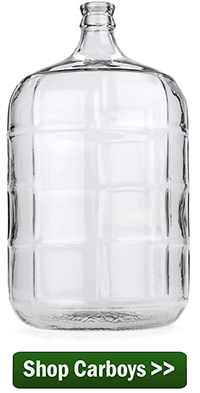
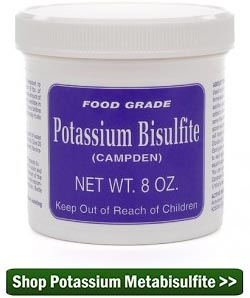
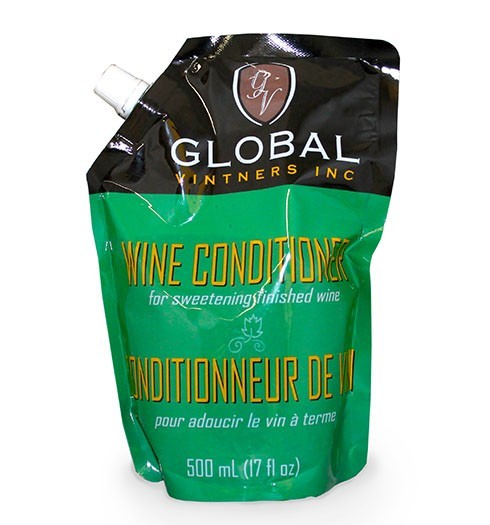 I like sweet tasting wine. I always add a pint of your wine conditioner before bottling to my wines. Is that all I need to add before bottling or do I need to still add the potassium sorbate?
I like sweet tasting wine. I always add a pint of your wine conditioner before bottling to my wines. Is that all I need to add before bottling or do I need to still add the potassium sorbate?